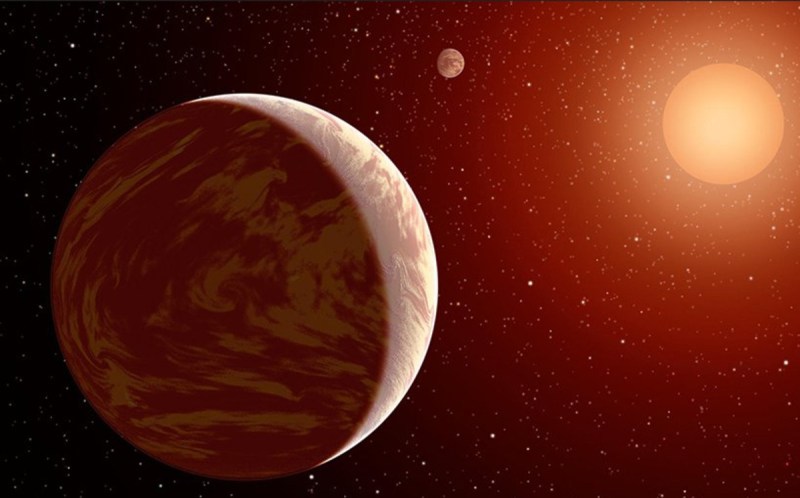
Planet of red dwarf star (Photo: Patrika)
Scientists are perhaps closer than ever to confirming the presence of an Earth-like atmosphere on another planet. Early indications of life on a planet have been detected by NASA's James Webb Space Telescope, and if further data confirms this, it would be considered one of the greatest scientific discoveries. This discovery is linked to the possibility of an Earth-like atmosphere in the Trappist-1 star system, approximately 40 light-years from Earth, discovered by Belgian scientists. This system is unique; its star is a red dwarf star, about the size of Jupiter, and seven rocky planets orbit it. Three of these planets are in the 'habitable zone', meaning they are close enough to their star that if they possess an atmosphere, liquid water could exist on their surfaces.
Scientists have the highest hopes for the planet Trappist-1e in this system. Four observations made by the telescope have indicated that this planet's atmosphere may not be carbon dioxide-dominated like Venus or Mars, but rather nitrogen-dominated, similar to Saturn's icy moon Titan. This implies that conditions conducive to life may exist on the planet.
If the presence of an atmosphere on Trappist-1e is confirmed, it would prove that the necessary environment for life is possible around red dwarf stars. Since these stars are the most common type in the universe, the possibilities of life in space would increase manifold. The team of scientists will complete 15 more observations by the end of this year. If clear evidence of an atmosphere is found, the next step will be to determine its chemical composition, such as the presence of methane or other biosignature gases.
Published on:
22 Sept 2025 11:42 am
Big News
View AllWorld
Trending
